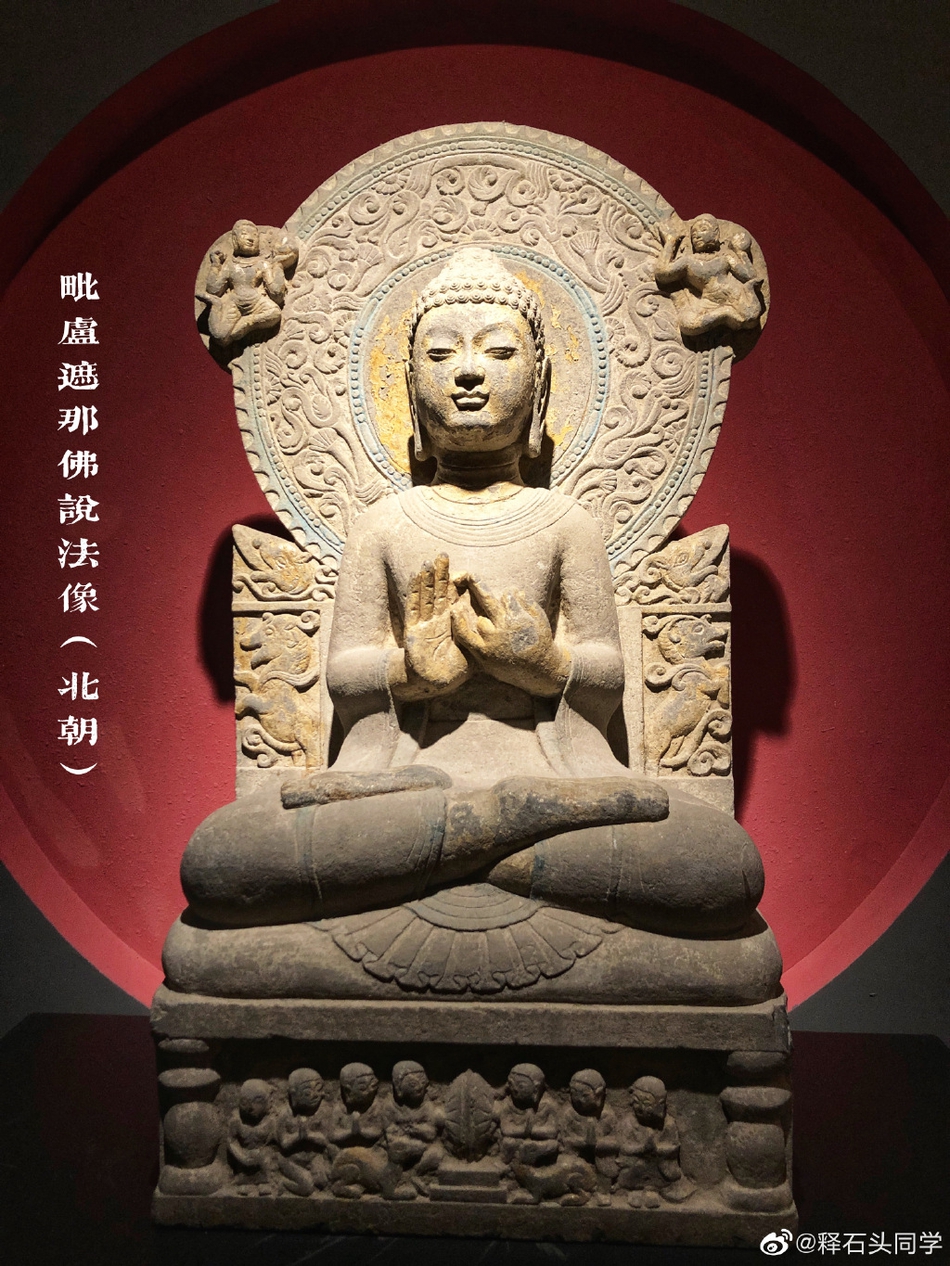
1、There are many ways to go somewhere.
到一个地方去有许多方法。这里的 ways 一定要用复数,因为 there are 是 There be 句型的复数形式。
2、on foot
步行乘坐其他交通工具大都可以用介词 by,但是步行只能用介词 on 。
4、go to school 的前面绝对不能加 the
这里是固定搭配。
5、USA 和 US 都是美国的意思。另外 America 也是美国的意思。
6、go to the park 前面一定要加the。
如果要去的地方有具体的名字,就不能再加 the ,如果要去的地方没有具体名字,都要在前面加 the. ( go to school 除外)
7、How do you go to…?
你怎样到达某个地方?如果要问的是第三人称单数,则要用:How does he/she…go to …?
8、问路时要用 "excuse me ",对不起,打扰一下
9、描述路时可以用顺序词:
first 首先,next 接着,then 然后
10、near 表示在附近
next to 表示与…相邻,它的范围比 near 小。
in front of 在......前面
behind 在……后面
11、在左边、在右边介词要用 on
on the left/on the right
在东西南北介词要用 in
in the north/east/south/west
12、for 表示持续多长时间,当表示做某事多长时间都要用 for:
Walk east for 5 minutes,then walk straight for three minutes.
13、乘几路车可以用 by the No.301bus,注意No.中N要大写,后面要加点。
如果要用动词可以用 take:
take the No.301bus.
14、当表示某个地方在另一个地方的哪一方向时,要用介词 of:
The hospital iseast of the cinema. 医院在电*的东边。
15、表示在哪儿转时,用介词 at:
Turn left at the bank。在银行左转。
16、find 表示"找到",强调找的结果。
look for 表示"寻找",强调找的过程。
一、名词复数构成的方法
有规则的有:
(1)直接在名词后加s
如orange—oranges; photo—photos;
(2) 以x, s, sh, ch 结尾的加es
如:box—boxes; glass—glasses; waitress—waitresses; watch—watches;peach--peaches
(3) 以辅音字母加y结尾的改y为i加es
如:study—studies;library—libraries; hobby—hobbies; family—families;
(4)以f, fe结尾的改f, fe 为v+es如:knife—knives; thief—thieves(注:以o结尾的我们学过的只有mango加es, mango—mangoes其余加s,)
不规则的有:
man—men; woman—women; people—people; child—children
二、动词第三人称单数的构成
(1)直接在动词后加s
如:run—runs; dance—dances
(2)以s,sh,ch,o结尾的加es
如:do—does;go—goes;wash—washes;catch—catches
(3)以辅音字母加y结尾的改y为i加es
如:study—studies; carry—carries;
三、现在分词的构成
(1)直接在动词后加ing
如:sing—singing; ski—skiing;
(2)双写词尾加ing
如:swim—swimming; jog—jogging;run—running;
(3)以不发音的e结尾的去e加ing
如:ride—riding; dance—dancing; make—making;
四、规则动词过去式的构成
(1)直接在动词后加ed
如:clean—cleaned; milk—milked; play—played;
(2)以e结尾的直接加d
如:dance—danced; taste—tasted;
(3) 以辅音字母加y结尾的改y为i加ed
如:study—studied;carry—carried;
(4)双写词尾加ed
如:stop—stopped; jog—jogged;
不规则的有:am,is—was; are—were; do,does—did; have,has—had; go—went; meet—met; sit—sat; see—saw; get—got; tell—told; run—ran; come—came; steal—stole; read—read;
数词:基数词、序数词
基数词
(1)1-20
one,two,three,four,five,six,seven,eight,nine,ten,eleven,twelve,thirteen,fourteen,fifteen, sixteen,seventeen,eighteen,nineteen,twenty
(2)21-99 先说“几十”,再说“几”,中间加连字符。
23→twenty-three,34→thirty-four,45→forty-five,56→fifty-six,67→sixty-seven,78→seventy-eight,89→eighty-nine,91→ninety-one
(3)101—999先说“几百”,再加and,再加末两位数或末位数;
586→five hundred and eighty-six,803→eight hundred and three
(4)1,000以上,先从右往左数,每三位数加一个“,”,第一个“,”前为thousand.第二个“,”前为million,第三个“,”前为billion
1,001→one thousand and one
18,423→eighteen thousand,four hundred and twenty-three
6,260,309→six million two hundred and sixty thousand three hundred and nine
750,000,000,000→seven hundred and fifty billion
序数词
(1)一般在基数词后加th
eg.four→fourth,thirteen→thirteenth
(2)不规则变化
one→first,two→second,three→third,five→fifth,eight→eighth,nine→ninth,twelve—twelfth
(3)以y结尾的十位整数,变y为ie再加th
twenty→twentieth, forty→fortieth, ninety→ninetieth
(4)从二十一后的“几十几”直至“几百几十几”或“几千几百几十几”只将个位的基数词变为序数词。
twenty-first,two hundred and forty-fifth
六年级英语知识点归纳有如下:
1、多数名词变复数直接在词尾加S。例:book-books。
2、以s,sh,x,ch结尾的一般加es。例:watch-watches。
3、以辅音字母加y结尾的名词,变y为i再加es.,例:family-families。
4、以f,fe结尾的名词,大多数情况一般将f,fe变为v再加es。例:leaf-leaves。
5、以字母o结尾的名词变复数,多数情况下加s,但有些加es。例:piano-pianos。
其他重要内容:
1、一般现在时表示经常或习惯性的动作,也可表示现在的状态或主语具备的性格和能力。
2、一般现在时中,没有be动词和情态动词,主语为第三人称单数的肯定句,动词要按规则加上s,主语是非第三人称单数的肯定句,动词用原形。
3、在一般现在时中,句中有be动词或情态动词时,否定句在be动词和情态动词后加not,一般疑问句将be动词或情态动词放在句首。
一、重点短语:
by plane坐飞机
by ship坐轮船
on foot步行
by bike骑自行车
by bus坐公共汽车
by train坐火车
1、知识点梳理
把每个知识点都按一定的顺序梳理
2、知识结构图
把一个单元的所有概念都罗列出来,包括与本单元有关但没有出现在本单元的概念,只罗列这些概念的名词。
找出这些概念之间的关系,用箭头将他们连接起来。在箭头上注上联结词。
归纳总结的形式常见的有:
1、摘要式
摘要式是摘取相关知识点的重点内容(要点),部分原文照抄或通过浓缩再以简练的文字呈现出来的一种笔记形式。这是一种较简单、易掌握的归纳总结方式。
运用摘要式在内容上一定要抓住重点(要点)。 1,知识点梳理
把每个知识点都按一定的顺序梳理
2,知识结构图(推荐)
把一个单元的所有概念都罗列出来,包括与本单元有关但没有出现在本单元的概念,只罗列这些概念的名词。
找出这些概念之间的关系,用箭头将他们连接起来。
在箭头上注上联结词。
读书破万卷,下笔如有神。读书不仅可以享受乐趣,而且对你有很大的帮助。读了一本好书,我们总会从其中得到一些感受和启示。下面我给大家介绍关于英语 读书笔记 ,方便大家学习。
英语读书笔记1
It's long long ago, maybe before I can read english books. I don't remember which movie edition I had seen. But I was impressed by the music, the scenery and the costume. I was very favor of a section of music in its balls. It's
pretty brisk, liked a wonderful song of a bird. Regarding to the characters, I liked Elizabeth, the heroine,though I didn't think she's beautiful. But she's smart. However, I didn't pay much attention to the plot. I thought it's so long that it made me impatient and bored. By now, I haven't read the whole story in English or its Chinese version, either. I owe it to my prejudice.
1、There are many ways to go somewhere.
到一个地方去有许多方法。这里的 ways 一定要用复数,因为 there are 是 There be 句型的复数形式。
2、on foot
步行乘坐其他交通工具大都可以用介词 by,但是步行只能用介词 on 。
4、go to school 的前面绝对不能加 the
这里是固定搭配。
5、USA 和 US 都是美国的意思。另外 America 也是美国的意思。
6、go to the park 前面一定要加the。
如果要去的地方有具体的名字,就不能再加 the ,如果要去的地方没有具体名字,都要在前面加 the. ( go to school 除外)
7、How do you go to…?
你怎样到达某个地方?如果要问的是第三人称单数,则要用:How does he/she…go to …?
8、问路时要用 "excuse me ",对不起,打扰一下
9、描述路时可以用顺序词:
first 首先,next 接着,then 然后
10、near 表示在附近
next to 表示与…相邻,它的范围比 near 小。
in front of 在......前面
behind 在……后面
11、在左边、在右边介词要用 on
on the left/on the right
在东西南北介词要用 in
in the north/east/south/west
12、for 表示持续多长时间,当表示做某事多长时间都要用 for:
Walk east for 5 minutes,then walk straight for three minutes.
13、乘几路车可以用 by the No.301bus,注意No.中N要大写,后面要加点。
如果要用动词可以用 take:
take the No.301bus.
14、当表示某个地方在另一个地方的哪一方向时,要用介词 of:
The hospital iseast of the cinema. 医院在电*的东边。
15、表示在哪儿转时,用介词 at:
Turn left at the bank。在银行左转。
16、find 表示"找到",强调找的结果。
look for 表示"寻找",强调找的过程。
一、名词复数构成的方法
有规则的有:
(1)直接在名词后加s
如orange—oranges; photo—photos;
(2) 以x, s, sh, ch 结尾的加es
如:box—boxes; glass—glasses; waitress—waitresses; watch—watches;peach--peaches
(3) 以辅音字母加y结尾的改y为i加es
如:study—studies;library—libraries; hobby—hobbies; family—families;
(4)以f, fe结尾的改f, fe 为v+es如:knife—knives; thief—thieves(注:以o结尾的我们学过的只有mango加es, mango—mangoes其余加s,)
不规则的有:
man—men; woman—women; people—people; child—children
二、动词第三人称单数的构成
(1)直接在动词后加s
如:run—runs; dance—dances
(2)以s,sh,ch,o结尾的加es
如:do—does;go—goes;wash—washes;catch—catches
(3)以辅音字母加y结尾的改y为i加es
如:study—studies; carry—carries;
三、现在分词的构成
(1)直接在动词后加ing
如:sing—singing; ski—skiing;
(2)双写词尾加ing
如:swim—swimming; jog—jogging;run—running;
(3)以不发音的e结尾的去e加ing
如:ride—riding; dance—dancing; make—making;
四、规则动词过去式的构成
(1)直接在动词后加ed
如:clean—cleaned; milk—milked; play—played;
(2)以e结尾的直接加d
如:dance—danced; taste—tasted;
(3) 以辅音字母加y结尾的改y为i加ed
如:study—studied;carry—carried;
(4)双写词尾加ed
如:stop—stopped; jog—jogged;
不规则的有:am,is—was; are—were; do,does—did; have,has—had; go—went; meet—met; sit—sat; see—saw; get—got; tell—told; run—ran; come—came; steal—stole; read—read;
数词:基数词、序数词
基数词
(1)1-20
one,two,three,four,five,six,seven,eight,nine,ten,eleven,twelve,thirteen,fourteen,fifteen, sixteen,seventeen,eighteen,nineteen,twenty
(2)21-99 先说“几十”,再说“几”,中间加连字符。
23→twenty-three,34→thirty-four,45→forty-five,56→fifty-six,67→sixty-seven,78→seventy-eight,89→eighty-nine,91→ninety-one
(3)101—999先说“几百”,再加and,再加末两位数或末位数;
586→five hundred and eighty-six,803→eight hundred and three
(4)1,000以上,先从右往左数,每三位数加一个“,”,第一个“,”前为thousand.第二个“,”前为million,第三个“,”前为billion
1,001→one thousand and one
18,423→eighteen thousand,four hundred and twenty-three
6,260,309→six million two hundred and sixty thousand three hundred and nine
750,000,000,000→seven hundred and fifty billion
序数词
(1)一般在基数词后加th
eg.four→fourth,thirteen→thirteenth
(2)不规则变化
one→first,two→second,three→third,five→fifth,eight→eighth,nine→ninth,twelve—twelfth
(3)以y结尾的十位整数,变y为ie再加th
twenty→twentieth, forty→fortieth, ninety→ninetieth
(4)从二十一后的“几十几”直至“几百几十几”或“几千几百几十几”只将个位的基数词变为序数词。
twenty-first,two hundred and forty-fifth
六年级英语知识点归纳有如下:
1、多数名词变复数直接在词尾加S。例:book-books。
2、以s,sh,x,ch结尾的一般加es。例:watch-watches。
3、以辅音字母加y结尾的名词,变y为i再加es.,例:family-families。
4、以f,fe结尾的名词,大多数情况一般将f,fe变为v再加es。例:leaf-leaves。
5、以字母o结尾的名词变复数,多数情况下加s,但有些加es。例:piano-pianos。
其他重要内容:
1、一般现在时表示经常或习惯性的动作,也可表示现在的状态或主语具备的性格和能力。
2、一般现在时中,没有be动词和情态动词,主语为第三人称单数的肯定句,动词要按规则加上s,主语是非第三人称单数的肯定句,动词用原形。
3、在一般现在时中,句中有be动词或情态动词时,否定句在be动词和情态动词后加not,一般疑问句将be动词或情态动词放在句首。
一、重点短语:
by plane坐飞机
by ship坐轮船
on foot步行
by bike骑自行车
by bus坐公共汽车
by train坐火车
1、知识点梳理
把每个知识点都按一定的顺序梳理
2、知识结构图
把一个单元的所有概念都罗列出来,包括与本单元有关但没有出现在本单元的概念,只罗列这些概念的名词。
找出这些概念之间的关系,用箭头将他们连接起来。在箭头上注上联结词。
归纳总结的形式常见的有:
1、摘要式
摘要式是摘取相关知识点的重点内容(要点),部分原文照抄或通过浓缩再以简练的文字呈现出来的一种笔记形式。这是一种较简单、易掌握的归纳总结方式。
运用摘要式在内容上一定要抓住重点(要点)。 1,知识点梳理
把每个知识点都按一定的顺序梳理
2,知识结构图(推荐)
把一个单元的所有概念都罗列出来,包括与本单元有关但没有出现在本单元的概念,只罗列这些概念的名词。
找出这些概念之间的关系,用箭头将他们连接起来。
在箭头上注上联结词。
读书破万卷,下笔如有神。读书不仅可以享受乐趣,而且对你有很大的帮助。读了一本好书,我们总会从其中得到一些感受和启示。下面我给大家介绍关于英语 读书笔记 ,方便大家学习。
英语读书笔记1
It's long long ago, maybe before I can read english books. I don't remember which movie edition I had seen. But I was impressed by the music, the scenery and the costume. I was very favor of a section of music in its balls. It's
pretty brisk, liked a wonderful song of a bird. Regarding to the characters, I liked Elizabeth, the heroine,though I didn't think she's beautiful. But she's smart. However, I didn't pay much attention to the plot. I thought it's so long that it made me impatient and bored. By now, I haven't read the whole story in English or its Chinese version, either. I owe it to my prejudice.